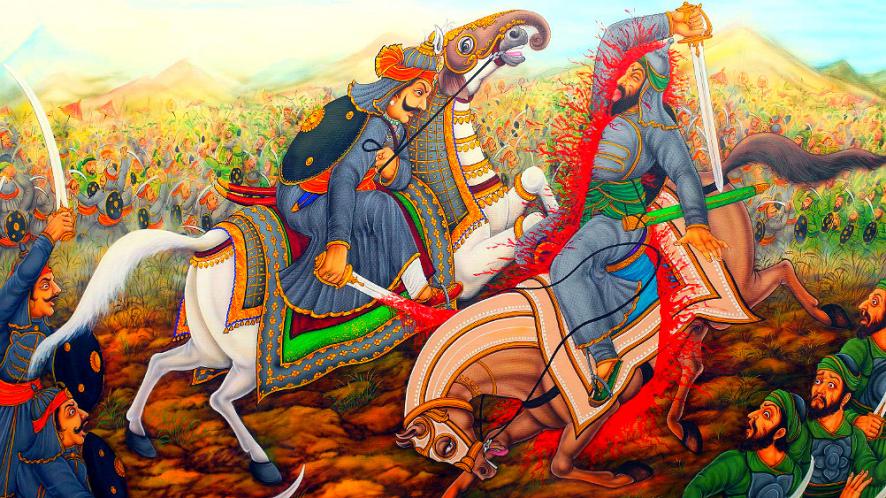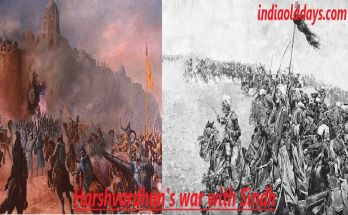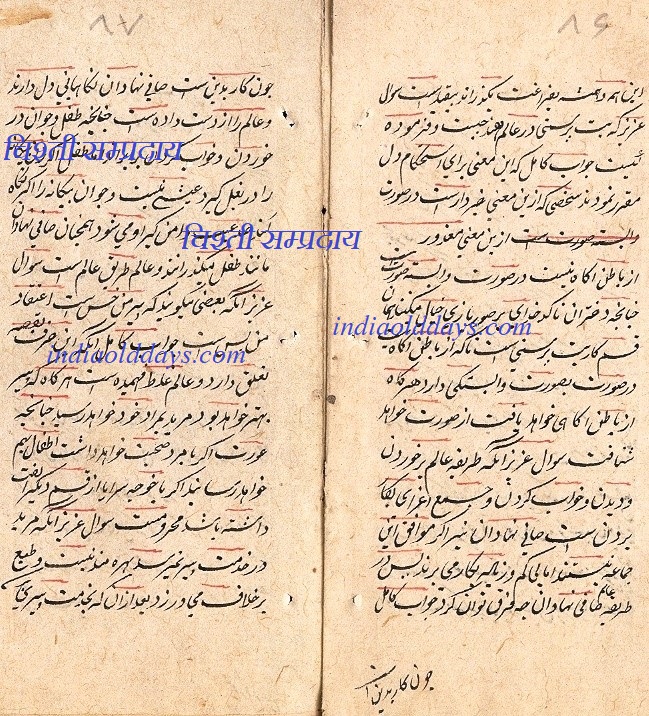How was the Mughal finance system

Other Importanr Facts-
- Technical and financial status of Delhi Sultanate
- Religious Movement of Ancient India
- What were the major events of Akbar’s period?
- 16 What were Mahajanapadas
Mughal money system-
In the Mughal period coin system was manufactured in three metals, i.e. gold, silver and copper.
On Babar’Mughal money system-
In the Mughal period coin system was manufactured in three metals, i.e. gold, silver and copper.
On Babar’s silver coins, the name of one-sided kalma and four Khalifas, and on the other side Babar’s name and title was inscribed.
Babar has introduced a silver coin of Shahrukh in Kabul and a coin named Babri in Kandahar.
Sher Shah launched a pure silver coin in place of mixed metals. This was called rupee (180 grains). He also coined a copper coin. The money was called.
The standard silver coin was called Rupee (promoted by the Sher Shah). Weighed 175 grains. It was the basis of the Mughal currency system.
Akbar gave a streamlined and comprehensive base to the Mughal currency. He passed away in 1577 AD. In Delhi, a Royal Mint was appointed and appointed by Khwaja Abdurasamad.
In the beginning of his reign, Akbar launched a gold coin called Muhar, which was the most popular coin of the Mughal period.
According to iane-Akbari, 1 seal was equal to nine rupees.
The biggest coin coined by Akbar was Shansab, which was 101 Tola. This was used in the transaction.
Apart from this, Akbar introduced a gold coin of Elahi, whose weight was 10 rupees. It was a circular coin.
Akbar ran a coin of copper, which was equal to the 40th part of the rupee.
The smallest coin of copper – was called jeetal. Which was equal to the 25th part of a price. It was only used for accounting. But it did not exist as a coin. It was also known as fuloosh or money.
Akbar wrote a number of coins on the face of Ram and Sita and wrote Ram-Siya in Devanagari.
Akbar launched a gold coin in memory of Asirigarh fort, in memory of which on the one side the name of the mint and the date of molding.
By 1616, the value of rupees was equal to 40 prices but in 1627 AD After it got equal to about 30 prices.
Jahangir initiated a coin named Nissar, which was equal to the fourth value of rupees.
Shah Jahan used to circulate a coin called ‘Aana‘ between the price and rupees.
Most Mughal periods were found in Aurangzeb’s time.
Aurangzeb stopped the practice of Kalma marking on coins after the King’s throne. He made a verse written by Mir Abdul Baki Shahbai on some coins he had laid in his last period.
According to Abul-Fajal – 1575 AD In order to cover gold coins, 4 mints, 14 pieces for silver coins and 42 tanks for copper coins.
In the Mughal period, the mint officer was called Daroga.
Jahangir used to name his name on both his coins and Nur Jahan together. However, on some coins, his shape is marked with a cup of wine in his hand.
Measurement scale – Before the throne was raised by Akbar, Sikandari-gaj (39 Angul or 32 inches) was prevalent in measurement in North India. But in the time of Akbar, it was replaced by Elahi-Gaj (41 Angul or 33 digits (inch) .
Morland has mentioned the unit called Kovad, which is used for measurement in southern India.
Morland has mentioned the unit called Kovad, which is used for measurement in southern India, which was used to measure cotton and wool.
Arab merchants had applied the balance unit called Bahar on the shores. Similarly, kandi, the unit of talc was popular in Goa.
Reference : https://www.indiaolddays.com/





